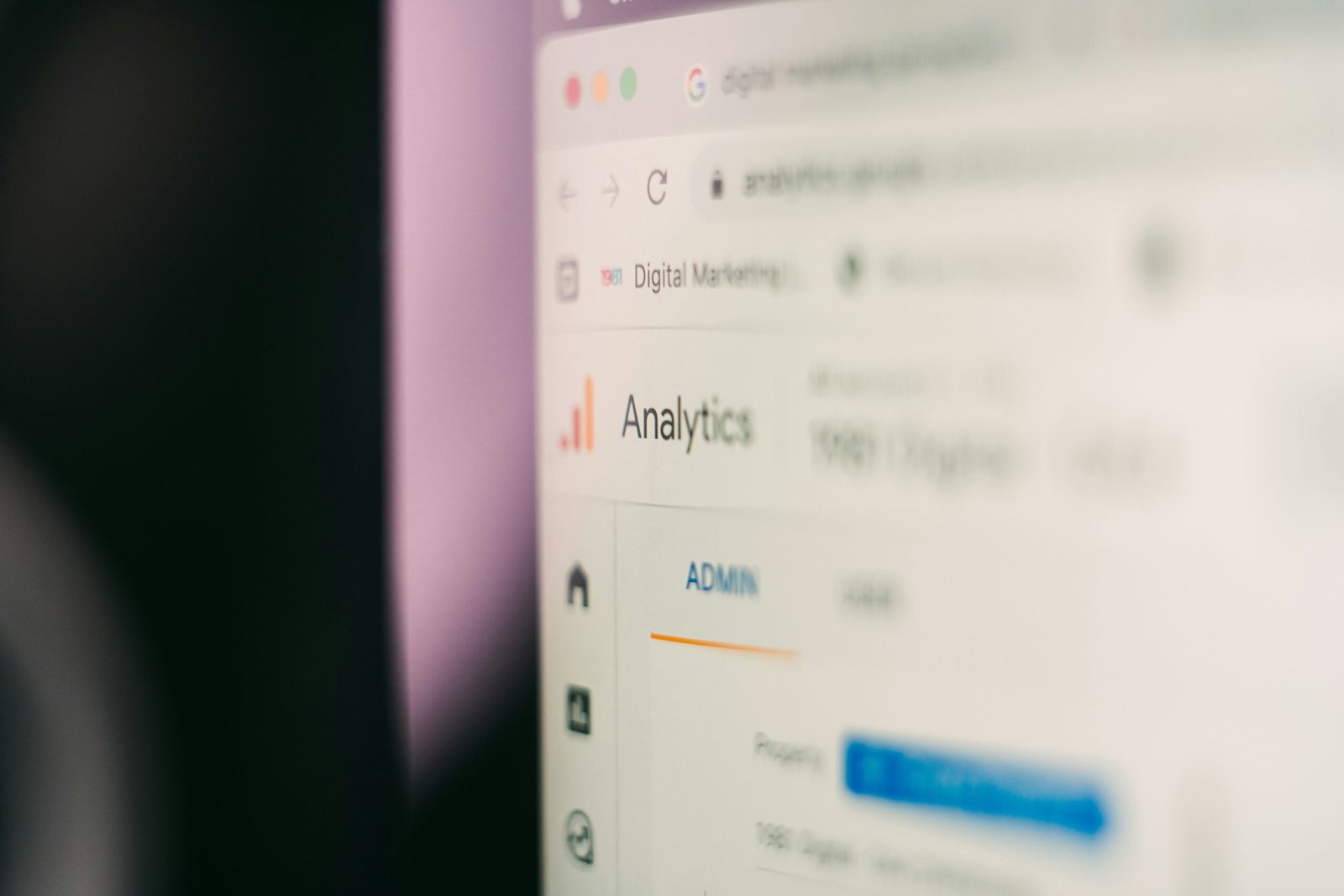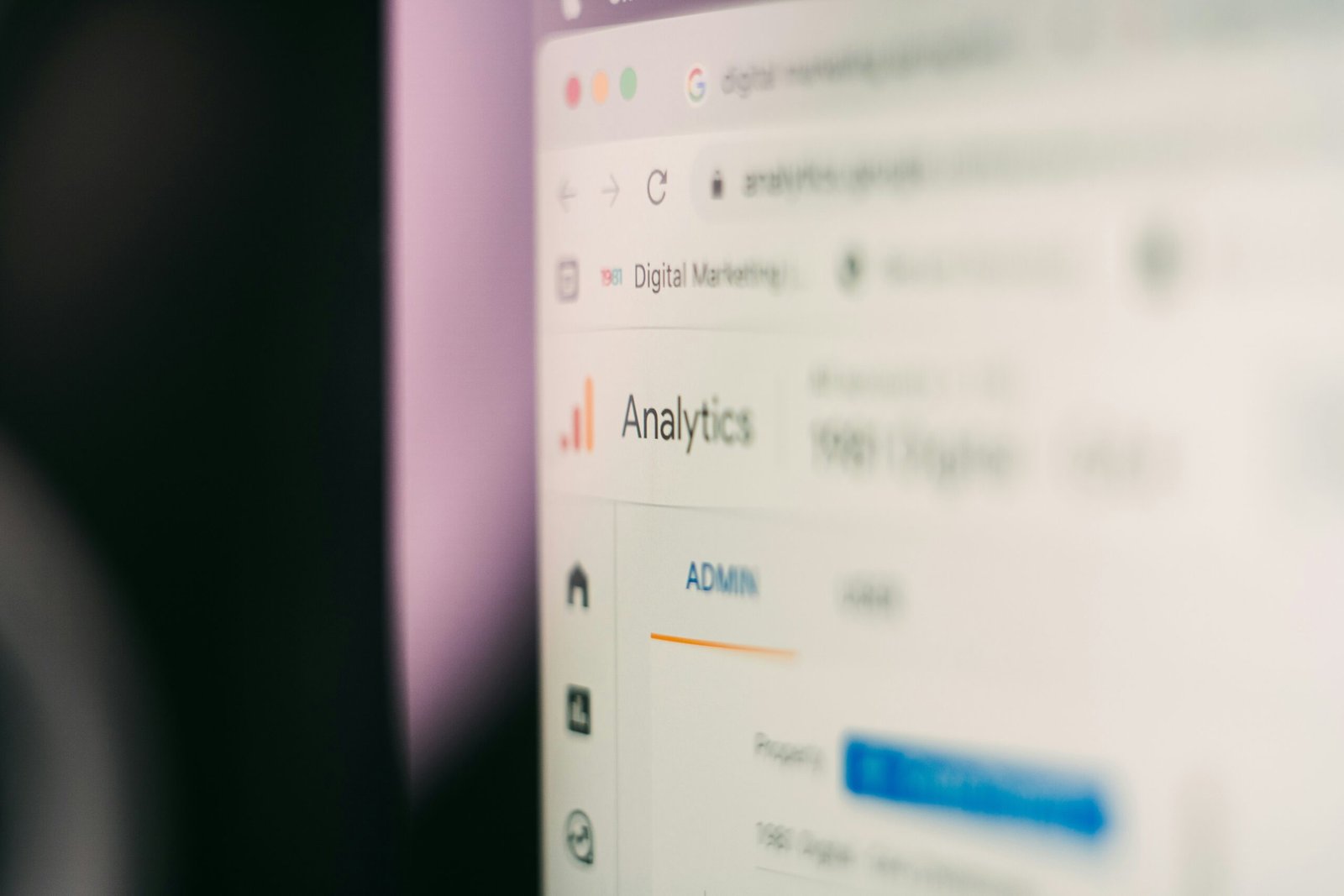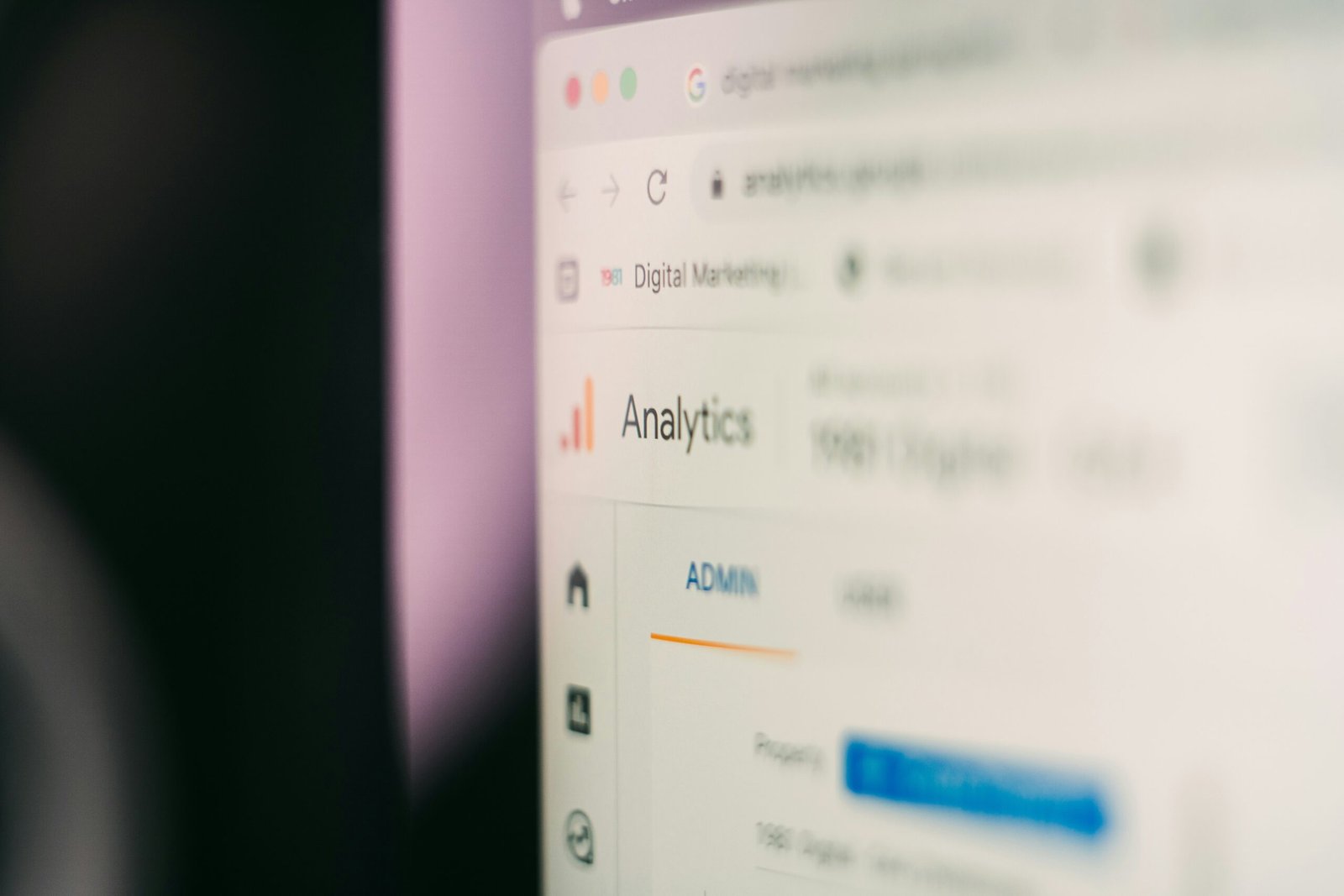Introduction: The Startup Landscape
The startup ecosystem represents a dynamic arena where innovative ideas collide with practical execution. However, the journey of a new startup is fraught with challenges. Statistical evidence indicates that approximately 90% of startups fail, shedding light on the perilous nature of entrepreneurial ventures. This high failure rate can often be attributed to a variety of factors ranging from inadequate planning to poor market understanding.
New entrepreneurs may be driven by passion and a visionary mindset, yet the lack of experience can lead to common missteps that can derail even the most promising ideas. A profound understanding of these pitfalls is essential for aspiring business owners. Among these miscalculations are neglecting market research, underestimating the competition, and mismanaging finances, all of which can compromise the viability of a startup. It is critical for founders to implement robust strategies that encompass comprehensive planning and resource allocation to navigate this complex terrain.
This article aims to provide an insightful examination of the prevalent mistakes made by new startups and offer practical solutions designed to enhance their chances of success. By familiarizing themselves with these common issues, entrepreneurs can better prepare for the challenges ahead, ultimately allowing them to refine their approach and strategies. As we delve into the pitfalls that numerous startups encounter, we hope to equip readers with the knowledge to avoid these traps, fostering a more secure and informed pathway toward entrepreneurship.
Mistake 1: Ignoring Market Research
One of the most prevalent mistakes that new startups make is the neglect of comprehensive market research prior to launching their products or services. Market research serves as the foundation upon which startups build their business strategies, helping them understand their target audience, market trends, and competitive landscape. By failing to conduct detailed research, entrepreneurs often find themselves ill-equipped to address the needs and preferences of their potential customers, resulting in missed opportunities and, in some cases, complete business failure.
Many startups have projected significant growth and profitability by merely basing their plans on assumptions rather than data. For example, a tech startup may have developed a cutting-edge app without first validating the need for it in the market. Consequently, they might launch only to find a saturated market or lack of interest—leading to limited sales and eventual closure. Such scenarios underline the importance of gathering and analyzing market data from the outset.
To effectively conduct market research, startups can employ various strategies. Surveys, focus groups, and interviews are valuable tools to gain direct feedback from potential customers. Additionally, analyzing existing market reports and studies can help in identifying trends and gaps in the market. Utilizing online resources, such as social media and forums, can provide insights into customer opinions and preferences, enhancing the startup’s understanding of their target audience.
Furthermore, it is crucial for entrepreneurs to continuously update their market research as trends change and new information becomes available. This iterative approach not only helps refine products and services but also positions the startup for long-term success. In this dynamic business environment, sound market research can be the differentiator between thriving and failing.
Mistake 2: Underestimating Costs
One of the most significant blunders that new startups make is underestimating the costs associated with launching and operating a business. Entrepreneurs often possess a strong vision for their products or services, leading them to focus primarily on revenue generation while overlooking the intricacies of budgeting and cost management. This oversight can jeopardize a startup’s long-term viability.
Research indicates that nearly 70% of startups fail due in part to miscalculations in funding and unforeseen expenses. Many entrepreneurs wrongly assume that their initial estimates cover all necessary outlays, which can include fixed costs such as rent and utilities, variable costs like inventory and materials, and ongoing expenses like marketing and payroll. This can result in significant financial strain if the reality of their costs exceeds their initial estimates.
Creating a robust budget is essential for any startup. Founders should consider employing structured budgeting models that take into account both expected and unexpected costs. A well-structured budget allows for flexibility and provides a clearer picture of the financial health of the business. Startups should include a detailed projection of all potential expenses, as well as an emergency fund to cater to unforeseen circumstances, which can mitigate risks associated with cash flow shortages.
Moreover, establishing accurate financial projections is not merely about guessing future income and outgoings; it involves thorough research into industry standards and market conditions. Startups should actively seek out benchmarking data to make more informed predictions. Consulting with financial experts or utilizing accounting software can also greatly enhance a startup’s ability to manage its financial responsibilities accurately.
By addressing the common mistake of underestimating costs, startups can significantly improve their chances of success. A comprehensive understanding of financial obligations will equip entrepreneurs to navigate challenges effectively and sustain business operations in the long run.
Mistake 3: Skipping a Business Plan
One of the most critical mistakes that new startups make is skipping the creation of a comprehensive business plan. A well-thought-out business plan serves as a roadmap for entrepreneurs, outlining their business objectives, strategies, and the means by which they can achieve their goals. Without this foundational document, startups risk a lack of direction, making it difficult to navigate the complexities of launching and growing a business.
Essential elements of a business plan include an executive summary, market analysis, organization structure, product line or services offered, marketing and sales strategies, funding request, and financial projections. Each component plays a vital role in defining how the business intends to operate and compete in the market. For instance, an executive summary offers potential investors a concise overview of the startup’s vision and operational strategies, while the financial projections help outline the expected revenue and expenses.
Historically, startups that have invested time and resources into crafting detailed business plans often find themselves more successful in the long run. Consider the story of a well-known tech startup that meticulously planned its entry into the market, carefully analyzing customer needs and competitor offerings. This thorough groundwork allowed them to adapt swiftly when challenges arose. In contrast, another tech venture that dismissed the importance of planning faced significant setbacks, struggling to articulate its goals and differentiate itself which ultimately led to its downfall.
For those looking to craft a comprehensive business plan, practical steps include conducting detailed market research to understand your audience, outlining the business model, and setting clear and measurable goals. Additionally, utilizing business plan software can simplify the process and provide structure to your plan. Overall, taking the time to develop a solid business plan can significantly enhance a startup’s chances of success while clarifying its vision and mission.
Conclusion: Navigating the Startup Journey
Embarking on the startup journey is an exhilarating yet challenging experience fraught with numerous pitfalls. The insights shared in this blog post shed light on ten common mistakes that new startups often encounter. Awareness of these pitfalls is a crucial first step in ensuring a successful venture. Startups frequently struggle with issues such as inadequate market research, poor financial planning, and neglecting brand development. By acknowledging these challenges, entrepreneurs can take proactive measures to circumvent them.
Preparation plays a pivotal role in the startup’s success. Startups should prioritize conducting comprehensive market analysis to gain valuable insights into customer preferences and competitive landscapes. This foundational work can significantly enhance decision-making processes and align products or services with market demands. Furthermore, financial literacy is essential; startups must not only develop clear financial plans but also forecast potential challenges to ensure sustainable growth. By establishing robust financial practices, they can navigate the uncertainties of the market more effectively.
Moreover, fostering a strong company culture and brand identity can propel a startup toward success. This includes developing a clear mission statement and cultivating a positive environment that promotes collaboration and innovation. Engaging stakeholders and building genuine connections with customers can further amplify brand reputation and loyalty. Sharing experiences and insights with peers and mentors can also prove invaluable, as the startup community is often open to collaboration and support.
In summary, by learning from the common mistakes that new startups often make, entrepreneurs can equip themselves with actionable strategies to enhance their chances of success. We encourage readers to share their experiences, insights, or questions regarding the startup journey in the comments section or on social media, fostering an ongoing dialogue that benefits the entire entrepreneurial community.









